-10%
Ingredients:
Each tablet contains Calcium Acetate 667 mg, equivalent to approximately 169 mg elemental calcium.
Direction of Use:
Take as prescribed by your healthcare provider, usually with meals. Swallow whole, do not crush or chew unless advised.
Indication:
Hyperphosphatemia in end-stage renal disease (ESRD)
Used to control serum phosphorus levels in patients undergoing dialysis (hemodialysis or peritoneal dialysis).
Pharmacology:
Calcium Acetate binds with dietary phosphate in the gastrointestinal tract to form insoluble calcium phosphate, which is excreted in the feces. This lowers serum phosphorus levels in patients with chronic kidney disease (CKD), helping to reduce the risk of vascular calcification and bone disease.
Category:
Phosphate binder
Dosage & Administration:
Starting Dose (Adults): 2 tablets (each 667 mg) with each meal
Dosage may be adjusted based on serum phosphorus levels
Maximum daily dose varies, typically not exceeding 15 tablets/day
How to Use:
Take with meals to allow binding with dietary phosphate
Swallow the tablet whole with water
Maintain regular monitoring of phosphate and calcium levels during treatment
Interaction:
May interfere with absorption of other oral medications such as:
Tetracycline antibiotics
Fluoroquinolones (e.g., ciprofloxacin)
Iron supplements
Thyroid medications (e.g., levothyroxine)
Space doses 1–2 hours apart if taking other medications
Contraindications:
Hypercalcemia
Hypophosphatemia
Known hypersensitivity to Calcium Acetate or any component of the formulation
Product Technical Details:
Form: Oral tablet
Strength: 667 mg
Packaging: Blister pack or bottle, typically 100 or 500 tablets (as per manufacturer)
Side Effects:
Nausea
Vomiting
Constipation
Hypercalcemia (elevated calcium levels)
Loss of appetite
Confusion or muscle weakness (rare, due to high calcium levels)
Pregnancy & Lactation:
Pregnancy: Use only if clearly needed and under medical supervision
Lactation: Caution advised; consult a healthcare provider
Precautions & Warnings:
Monitor serum calcium and phosphorus regularly
Avoid using with calcium supplements or vitamin D without supervision
Use cautiously in patients with a history of kidney stones or hypercalcemia
Not recommended for non-dialysis patients
Overdose Effects:
Overdose may result in hypercalcemia, presenting as nausea, vomiting, confusion, weakness, and cardiac arrhythmias. Immediate medical attention and calcium level monitoring are required.
Therapeutic Class:
Phosphate Binders – Renal Therapy
Storage Conditions:
Store below 25°C in a dry place. Protect from moisture and direct sunlight. Keep out of reach of children.
Disclaimer:
This information is for educational purposes only and does not replace medical advice. Always consult your doctor or pharmacist before starting, changing, or stopping any medication.


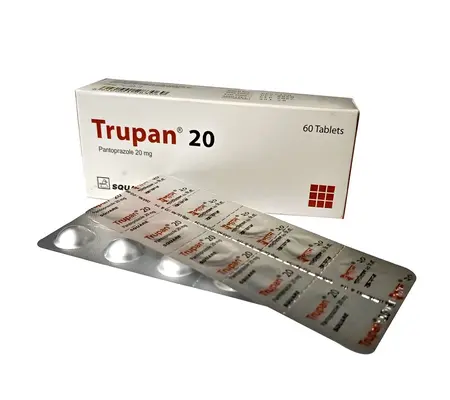
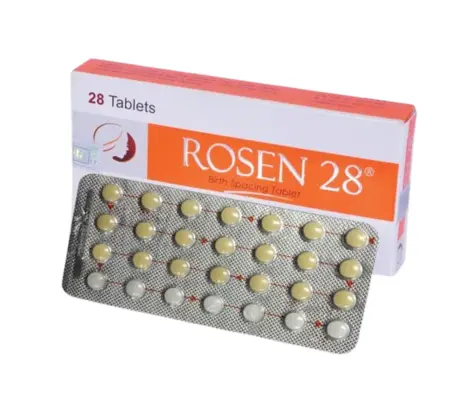
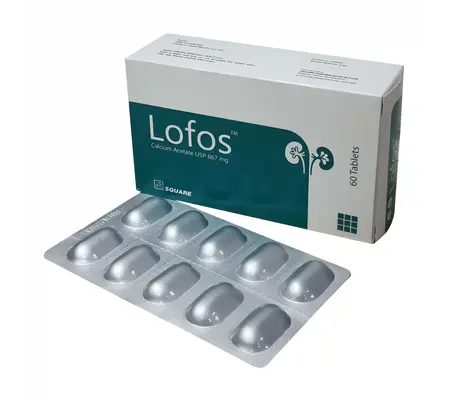


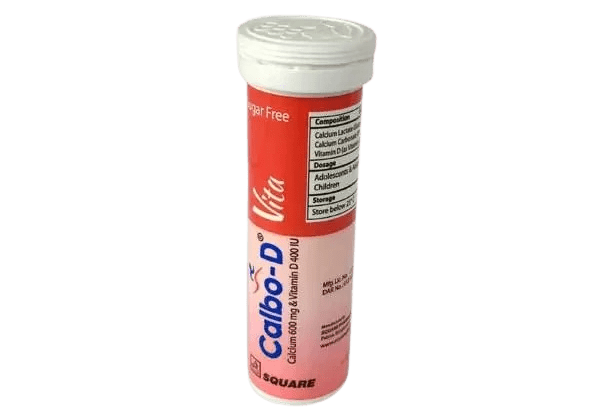
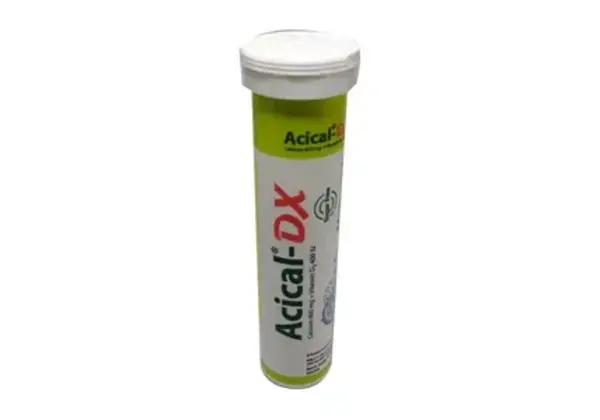
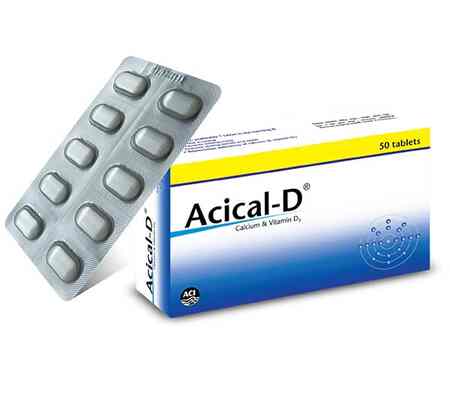

Reviews
Clear filtersThere are no reviews yet.